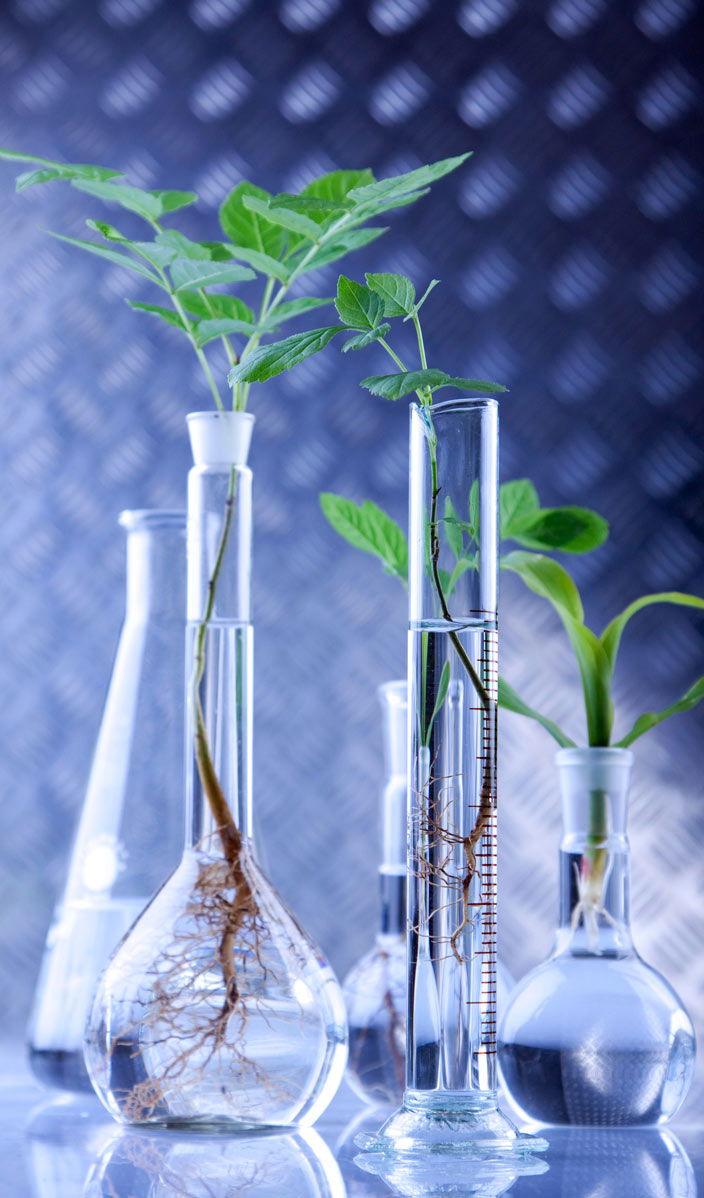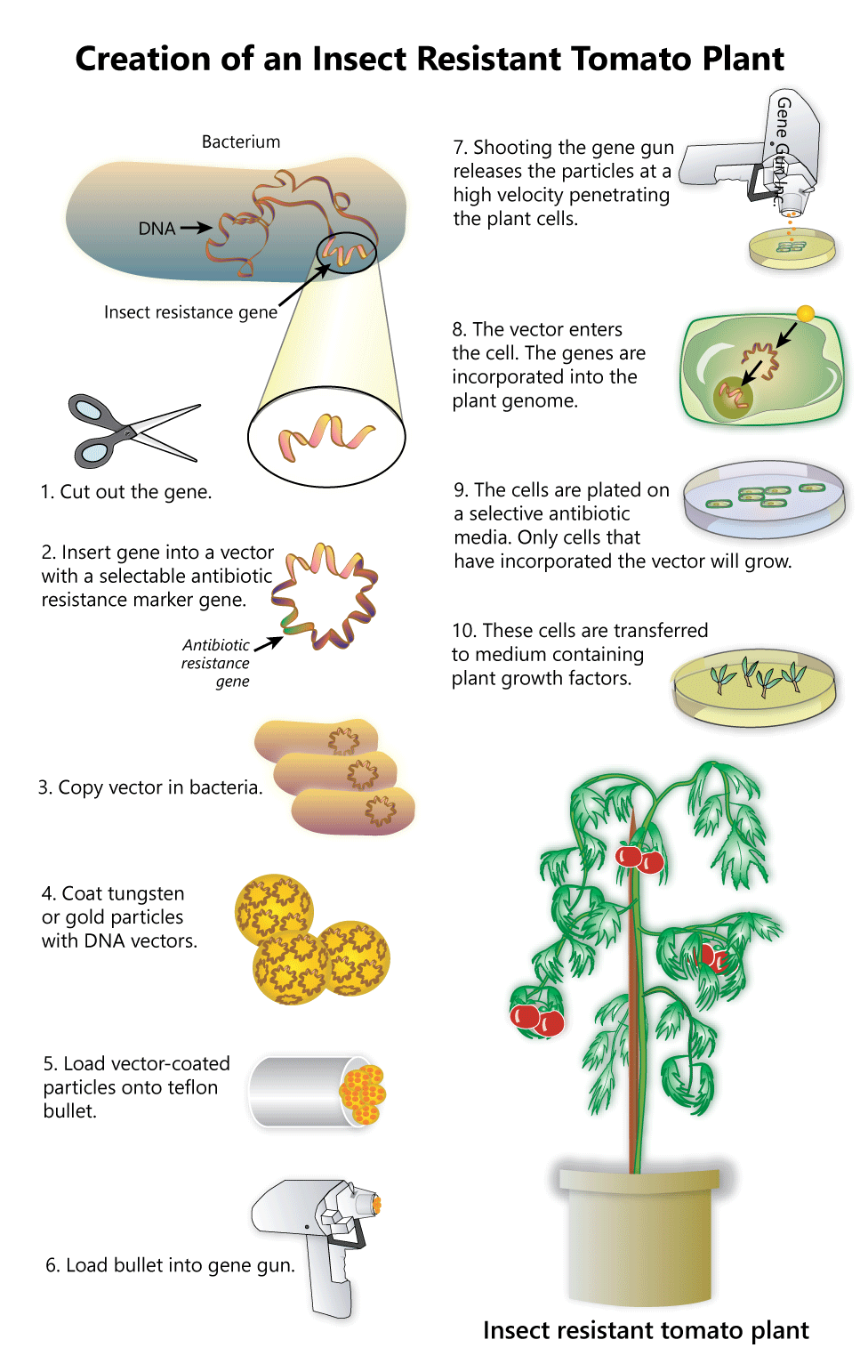What would you do in the following situations?
- You are a tomato farmer whose crops are threatened by a persistent species of beetle. Each year, you spend large sums of money for pesticides to protect your crops. A biotechnology company introduces a new strain of tomato plant that produces a natural pesticide, making it resistant to the beetle. By switching to this new strain, you could avoid both the beetle and the chemical pesticides traditionally needed to fight it.
- As a family physician, you often treat children who suffer from infectious diseases that could easily be prevented through vaccination. But the parents of many of your patients cannot afford the cost of vaccinations. You hear of a new approach that would reduce the cost to a fraction of its current price: genetically modified fruits and vegetables that contain various vaccines. By simply eating a banana, a child could be protected against diseases without getting a shot!
- You are the leader of a developing nation. Hunger is a problem among your citizens: the salty coastal wetlands of your country can't support the growth of needed crops, and your slow economy can't support importing enough food for everyone. A biotechnology company has genetically modified a rice plant that can thrive in salt water, providing your nation with the opportunity to feed its citizens while bolstering its economy.
Our ability to manipulate plants by introducing new genes promises innovative solutions to these and many other real-world problems. Yet there is considerable opposition to the use of genetically modified plants for food production and other uses.
Genetic engineering offers a time-saving method for producing larger, higher-quality crops with less effort and expense. Yet such benefits must be balanced against the risks of changing the genetic makeup of organisms.
What are those risks, and how likely are they to occur? In order to define them, we need to understand the science of plant genetic engineering.



